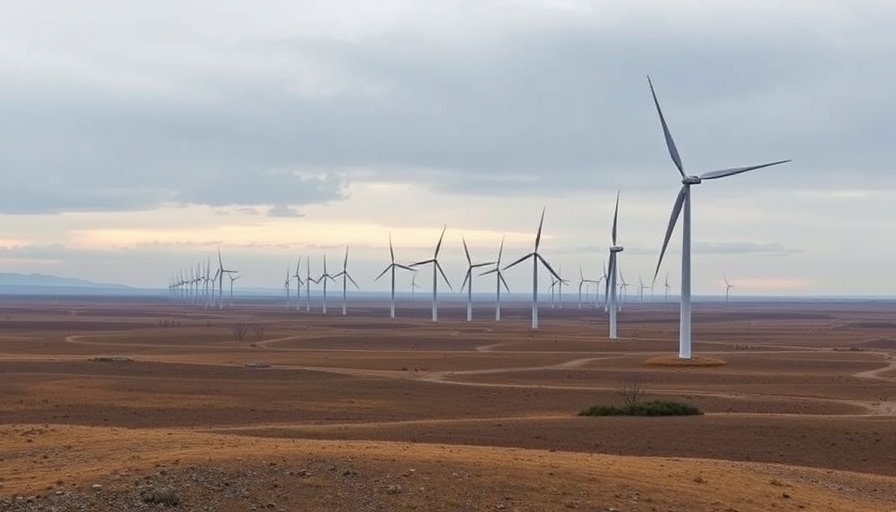
Transforming Education with Green Innovations
The recent inauguration of Kazakhstan's first green school in Rudny is a monumental leap towards a sustainable future for education. Featuring an impressive investment of over US$ 16.6 million from the Eurasian Resources Group (ERG), this preparatory high school is not just another educational institution; it’s a beacon of modern technology, sustainability, and inclusivity.
Under the aegis of the Keleshek Mektepteri initiative, the school stands as a testament to the commitment of ERG to reimagine educational spaces. With advanced features like solar panels, energy-efficient designs, and cutting-edge AI technology integrated into its educational framework, it is set to cater to 1,200 students while prioritizing ergonomics and security. This reflects a growing global trend—how educational facilities are evolving to meet contemporary requirements and expanding their role as centers for community and innovation.
Incorporating Technology for Enhanced Learning
At the heart of this green school experience is technology that enhances teaching and learning. With digital assistants aimed at facilitating interactive learning processes, the teaching staff can customize educational tasks, making lessons more engaging and relevant to the students' learning journeys. This aligns with the global push towards Smart Education—schools that are not only about rote memorization but about creating a holistic learning environment.
By featuring four specialized STEM teachers from the Teach for Qazaqstan foundation, the school emphasizes the importance of critical technical skills, preparing students for a future where knowledge and technology will intertwine more than ever.
A Commitment to Inclusivity and Accessibility
The school’s design emphasizes inclusivity, featuring accessible classrooms and specialized elevators for students with educational needs. This initiative is particularly noteworthy as it demonstrates recognition of the diverse learning requirements of all students. As educational paradigms shift worldwide towards inclusivity, Rudny’s green school sets a promising example for similar future projects.
The Ripple Effect: Future of Education in Kazakhstan
The opening of this green school is part of a broader narrative about the future of education in Kazakhstan. As renowned scientist Kanysh Satbayev once said, "The future belongs to young people. But in order to be prepared for this future, they need to be equipped with knowledge.” This profound commitment resonates through every facet of the new school—from its physical environment to the innovative programs being implemented.
As Kazakhstan seeks to foster a new generation of learners equipped with both knowledge and character, the collaboration between government bodies and business leaders, as seen in this project, is vital. The government’s role, articulated by Kumar Aksakalov, the regional Akim, reiterates that quality education is not an option but a necessity—one that is crucial for social policy and community building.
What It Means for the Future
The introduction of this green school embodies the future of educational institutions worldwide—ones that prioritize not just academic success but also the well-being of students and the environment. As we witness the impact of climate change and evolving educational needs, such initiatives will likely inspire more countries to follow suit. The convergence of sustainability and education may hold the key to unlocking a brighter future for not just Kazakhstan, but potentially for the world.
 Add Row
Add Row  Add
Add 




Write A Comment